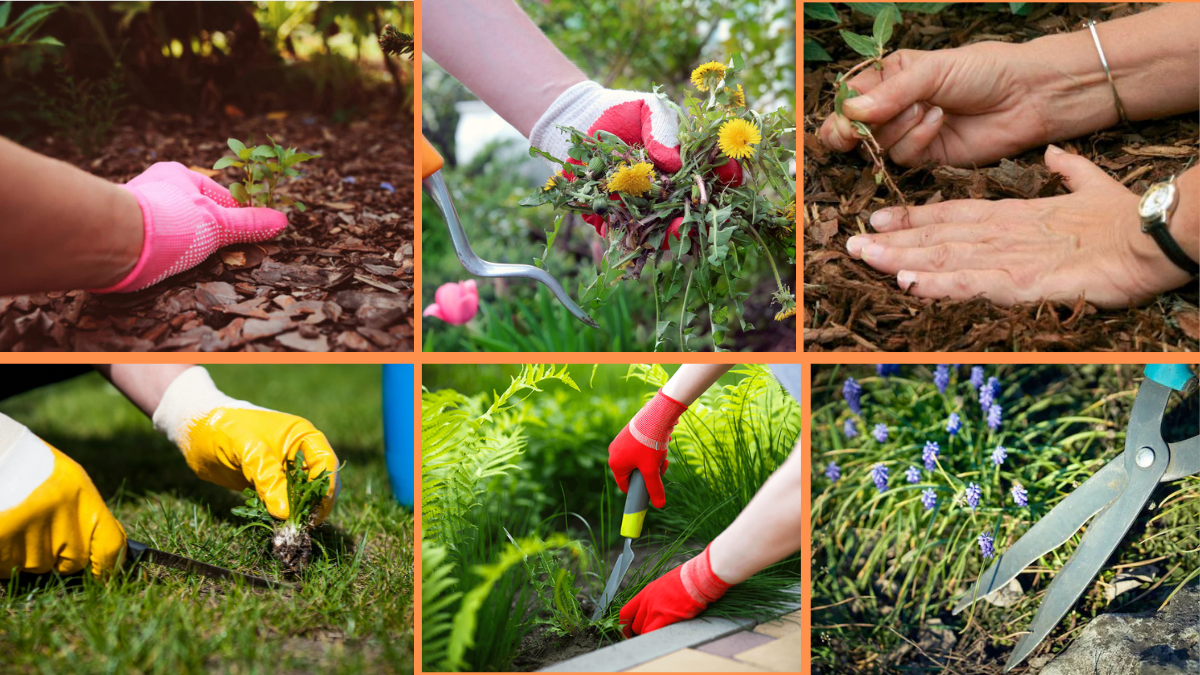A beautiful, blooming flower garden is a source of pride for any gardener. The vivid colors, soothing fragrances, and graceful shapes of blossoms create a peaceful outdoor retreat. But where flowers grow, weeds often follow — competing for nutrients, water, and space, and quickly diminishing your garden’s visual appeal.
While it’s nearly impossible to eliminate weeds entirely, you can significantly reduce their presence with the right strategies. In this guide, we’ll walk you through 10 practical, effective tips to prevent weeds in your flower garden and keep your outdoor space flourishing beautifully.
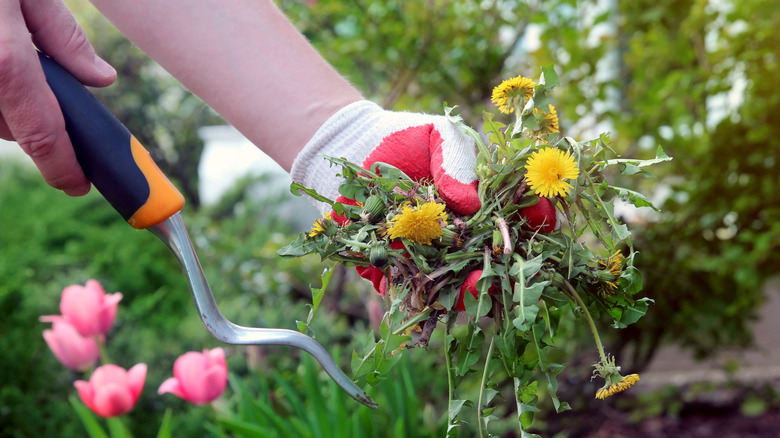
1. Start with Clean, Weed-Free Soil
The foundation of a healthy, weed-free flower garden begins with the soil. Always start with weed-free soil or thoroughly clean your existing garden bed before planting.
How to clean your soil:
- Remove all visible weeds, including roots, before planting.
- Avoid using soil from areas already infested with weeds.
- Consider using sterilized topsoil or compost to reduce the risk of hidden weed seeds.
Pro Tip:
If you suspect your soil is packed with weed seeds, solarizing the soil (covering it with a clear plastic sheet during the hot summer months) can help kill them off before planting.
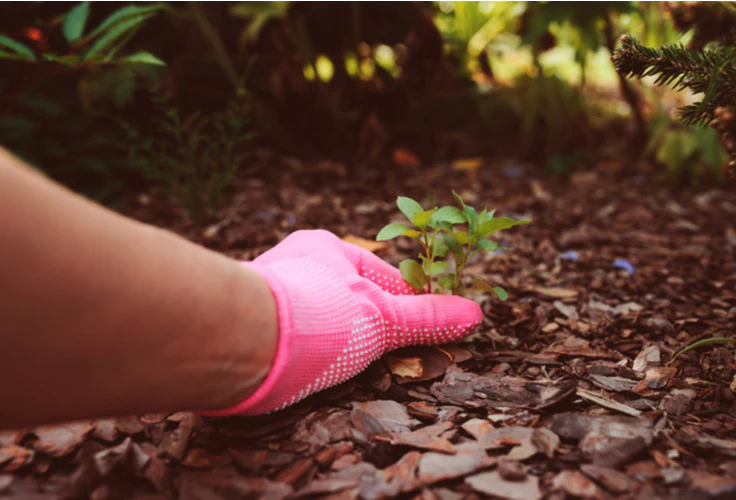
2. Apply a Thick Layer of Mulch
Mulching is one of the most effective, low-maintenance ways to prevent weeds in your flower garden. A 2 to 3-inch layer of mulch blocks sunlight from reaching weed seeds, preventing them from germinating.
Best mulching materials:
- Organic mulches: shredded bark, wood chips, straw, or compost.
- Inorganic mulches: gravel or landscape fabric topped with decorative stones.
Aside from suppressing weeds, mulch retains soil moisture, regulates soil temperature, and improves the overall look of your garden.
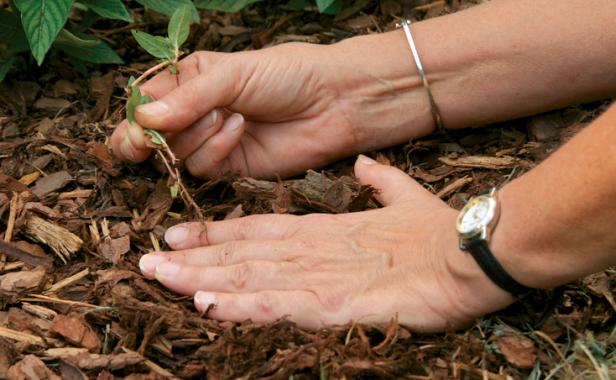
3. Install Landscape Fabric or Weed Barrier
For long-term weed control, consider installing landscape fabric beneath your mulch layer. This woven material blocks sunlight while allowing water and air to pass through.
How to use it:
- Lay the fabric over your prepared flower beds.
- Cut X-shaped holes where you intend to plant your flowers.
- Cover the fabric with a layer of mulch or decorative stones for a neat finish.
While landscape fabric can be highly effective, it’s best used in permanent or established flower gardens since it can hinder the addition of new plants later.

4. Plant Densely to Shade Out Weeds
Weeds love open spaces with access to sunlight. Densely planted flower beds naturally shade the soil, leaving little room for weeds to sprout and grow.
Choose fast-spreading, ground-covering flowers or foliage plants to create a living mulch effect. Some excellent choices include:
- Creeping Jenny
- Ajuga
- Sweet Alyssum
- Lamium
- Vinca Minor
These plants fill in gaps, leaving weeds without the space or light they need to survive.

5. Hand-Pull Weeds Regularly
Though it might seem like an endless chore, regular hand-pulling is still one of the most effective ways to control weeds in your flower garden — especially before they set seeds.
Tips for easier weeding:
- Weed after rain or watering when the soil is soft.
- Use a hand fork or weeding tool to loosen deep roots.
- Focus on removing the entire root system to prevent regrowth.
- Check your garden weekly to catch weeds early.
Pro Tip:
Keep a small bucket or garden bag handy while tending to your flowers, and pluck out weeds as you spot them.
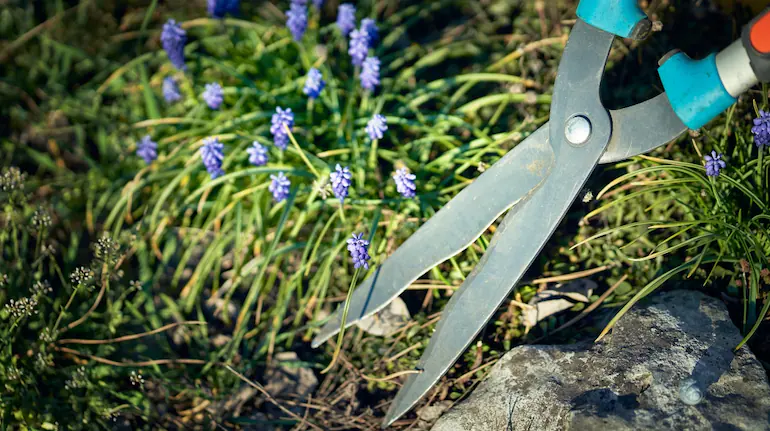
6. Use Organic or Natural Weed Control Methods
If you prefer chemical-free gardening, there are several organic techniques to control weeds safely:
- Boiling Water: Pour directly onto weeds in paths or driveways (avoid your flowers).
- Vinegar Spray: Use a mixture of white vinegar and water on weeds in non-flower areas.
- Corn Gluten Meal: This acts as a natural pre-emergent herbicide, preventing weed seeds from sprouting.
Be cautious with these methods around desirable plants, as they can damage both weeds and flowers if misapplied.
7. Edge Your Flower Beds
Creating defined borders around your flower garden isn’t just for aesthetics — it also helps prevent the spread of invasive weeds from lawns or surrounding areas.
Effective edging materials include:
- Brick or stone pavers
- Plastic or metal landscape edging
- Wooden garden borders
For an extra barrier, consider digging a shallow trench along the edge of your flower bed to trap creeping weeds before they invade.
8. Water Plants Strategically
Weeds, like flowers, need water to thrive. By using targeted watering methods, you can hydrate your flowers while depriving weeds of moisture.
Effective watering tips:
- Use drip irrigation or soaker hoses to deliver water directly to your plants’ roots.
- Avoid overhead sprinklers that soak the entire bed, encouraging weed growth.
- Water early in the morning to reduce evaporation and fungal issues.
This selective watering approach ensures your flowers stay healthy while limiting the resources available to weeds.
9. Deadhead Flowers and Remove Plant Debris
Decaying plant material can create a fertile environment for weeds. Regularly remove fallen leaves, petals, and spent flower heads to keep your garden clean and less inviting to weeds.
Additionally, deadheading (removing spent blooms) encourages more flower production and prevents unwanted self-seeding, which can sometimes result in aggressive volunteer plants acting like weeds.
10. Stay Consistent and Vigilant
Weed control is not a one-time task — it’s an ongoing process that requires consistency. The more regularly you tend to your flower garden, the easier it becomes to keep weeds under control.
Weekly garden maintenance checklist:
- Check for new weed growth.
- Refresh mulch as needed.
- Water plants selectively.
- Prune dead or overgrown foliage.
- Remove fallen debris.
By dedicating just a little time each week to garden upkeep, you’ll prevent small weed problems from turning into big headaches.
Final Thoughts
Weeds are persistent, but with the right prevention strategies, you can keep your flower garden looking beautiful and healthy all season long. The key lies in proactive care — starting with clean soil, using mulch and landscape fabric, planting densely, and consistently removing intruding weeds.
Implementing these 10 tips will help you create a lush, thriving flower garden with fewer weeds competing for your plants’ resources.
Remember, a little daily care goes a long way when it comes to preserving the beauty and harmony of your garden sanctuary.
